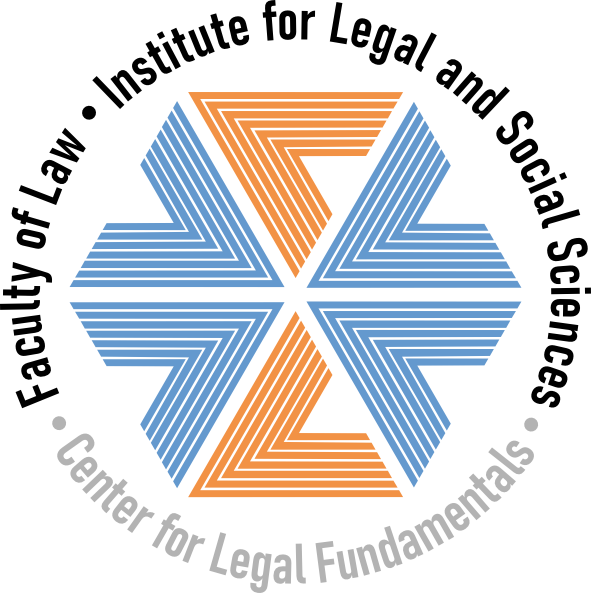Приказ основних података о документу
Federalizam u Africi - slučaj Etiopije
Federalism in Africa: The case of Ethiopia
| dc.creator | Stanković, Marko | |
| dc.date.accessioned | 2024-03-11T13:57:24Z | |
| dc.date.available | 2024-03-11T13:57:24Z | |
| dc.date.issued | 2008 | |
| dc.identifier.issn | 0003-2565 | |
| dc.identifier.uri | https://ralf.ius.bg.ac.rs/handle/123456789/362 | |
| dc.description.abstract | Federalno državno uređenje predstavlja najrasprostranjeniji oblik tzv. vertikalne podele vlasti u svetu, ali i efikasan instrument za rešavanje problema multikulturalnosti društva. Od nešto više od dvadeset federacija koliko ih danas ima na planeti, svega se četiri nalaze na afričkom kontinentu - Južnoafrička Republika, Nigerija, Komorska Ostrva i Etiopija. Iako je nakon Drugog svetskog rata izgledalo da će broj saveznih država u Africi biti mnogo veći, ovaj oblik državnog uređenja nije uspeo da ' pusti korene ' na njenom području, pa se veliki broj federalnih eksperimenata završio lošim rezultatom. Dobar primer neuspele federacije predstavlja neobična unija Etiopije i Eritreje, koja se održala svega deset godina (1952-1962). Etiopija se, međutim, tri decenije nakon toga definitivno federalizovala, promenivši unutrašnju strukturu iz jednostavne u složenu. Ovaj 'drugi pokušaj' uvođenja federalizma u Etiopiji bio je uzrokovan pre svega višenacionalnošću i višejezičnošću populacije, što je često zahtevalo i specifična institucionalna rešenja. | sr |
| dc.description.abstract | Federal government is the most prevalent pattern of the vertical distribution of powers in the world. It may also serve as an efficient instrument for settling down the problems of multicultural societies. 'The second attempt' of the federalization of Ethiopia was provoked mainly by the multiethnicity and multilinguality of the population, which usually calls for specific institutional solutions. From the normative stance, the Ethiopian state is an uncommon federation. It combines some of the unitary, federal and confederal legal institutions. On one side, the inadequate application of the participation principle, and the absence of judicial review depict Ethiopia as a decentralized unitary state. On the other hand, the constitutionalization of secession, and the unusually rigid procedure for constitutional change come out as the pure confederal elements in the Ethiopian constitutional mechanism. It is difficult, therefore, to classify Ethiopian institutional arrangement as completely federal in its structure and distribution of powers; and even the Ethiopian authors disapprove of it. The experience will show if such an odd form of federal government was proper frame for the democratization of the Ethiopian society and for the establishment of the rule of law. However, there is no doubt that the young African federation will face many 'constitutional storms' in the future. | en |
| dc.publisher | Univerzitet u Beogradu - Pravni fakultet, Beograd | |
| dc.rights | openAccess | |
| dc.rights.uri | https://creativecommons.org/licenses/by/4.0/ | |
| dc.source | Anali Pravnog fakulteta u Beogradu | |
| dc.subject | višenacionalnost | sr |
| dc.subject | secesija | sr |
| dc.subject | savezni (federalni) ustav | sr |
| dc.subject | raspodela nadležnosti | sr |
| dc.subject | federalizam | sr |
| dc.subject | secession | en |
| dc.subject | multiethnicity | en |
| dc.subject | federalism | en |
| dc.subject | federal constitution | en |
| dc.subject | distribution of powers | en |
| dc.title | Federalizam u Africi - slučaj Etiopije | sr |
| dc.title | Federalism in Africa: The case of Ethiopia | en |
| dc.type | article | |
| dc.rights.license | BY | |
| dc.citation.epage | 261 | |
| dc.citation.issue | 2 | |
| dc.citation.other | 56(2): 242-261 | |
| dc.citation.spage | 242 | |
| dc.citation.volume | 56 | |
| dc.identifier.rcub | conv_136 | |
| dc.type.version | publishedVersion |
Документи
| Датотеке | Величина | Формат | Преглед |
|---|---|---|---|
|
Уз овај запис нема датотека. |
|||

